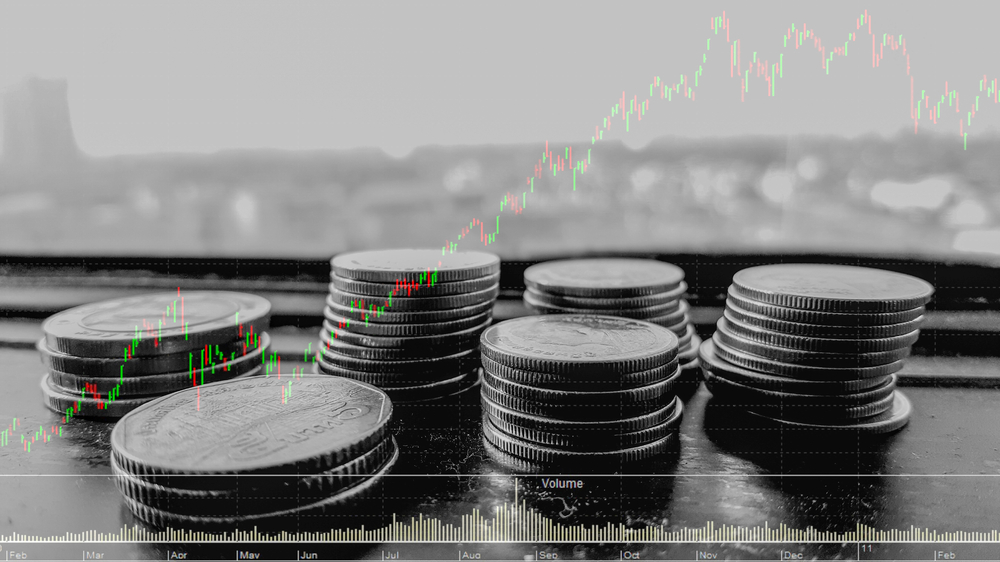Market capitalization, for new and old investors alike, represents a deceptively complex figure. While many suggest that market cap is the proper way to determine the overall value of a coin, the value displayed by a coin’s market cap is a number that can and is easily manipulated by savvy and often unethical development teams.
When inexperienced investors mistakenly base valuations off of a coin’s price per unit, most investors will advise them to instead check its market cap, which is the price per unit multiplied by its circulating supply. While this represents a vastly more accurate approach, it is important to recognize that market capitalization is still an imperfect measurement, as it completely ignores the liquidity and non-circulating supply of the coin.
A major offender when it comes to “market cap manipulation” is Dentacoin. Dentacoin (DCN) maintains a market cap of just over US$545 million. At rank 57 on CoinMarketCap, this is not an unreasonable number for a project of its size and ambitions.
However, DCN’s market cap does not reflect the fact that just 4.5% of all tokens are in circulation. Of the 8 trillion DCN tokens that exist, only 325 billion are currently in circulation. Moreover, more than 90% of the supply is locked up in smart contracts, to be sold in future token sales or rewarded to the founders. The remaining tokens out of circulation are primarily held by the founders. These tokens are not frozen, but have yet to be moved.
Each year from 2018 to 2044, a portion of almost 80% of the total supply will be unfrozen and sold by the developer team. This year, 1.9% of the supply will be unfrozen and sold, increasing the total supply by 152 billion. This increase of over 30% would require US$152 million in new purchases just to maintain the current token price.

The other shortcoming of market capitalization is that it does not account for illiquidity in markets. In smaller, less traded currencies, this oversight has huge implications. For example, there are likely over 100 currencies listed on CoinMarketCap that can see their market cap double with market buys of US$1,000 or less. In the vast majority of cases, when coins rise thousands or even tens of thousands of percentage points in a day, it is due to a relatively minuscule amount of market purchases that have a tremendous impact on the market cap of the coin.

Illiquidity also carries major consequences in the opposite direction. For holders of, again, primarily small coins, market caps can deceive holders into believing that their coin is worth more than it is. Even though one’s bag may grow tremendously, as with the coins pictured above, this does not mean one can sell any meaningful portion of their holdings at that value. It is just as possible that market selling a small amount could cause similarly drastic losses of 80 or even 90% in a day.
Fortunately, the majority of coins do not abuse the faith put in market capitalization by investors and speculators. Beyond this, information regarding total supplies can be easily found in projects’ whitepapers, and understanding liquidity is simply a matter of checking buy and sell books along with a coin’s volume. Market cap, when fully understood, still provides valuable information for traders.

